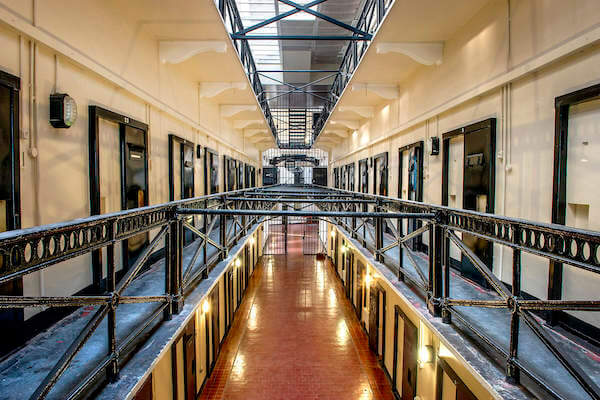The infamous Crumlin Road Gaol, known as Europe’s Alcatraz, is a must-see attraction on any tour of Belfast.
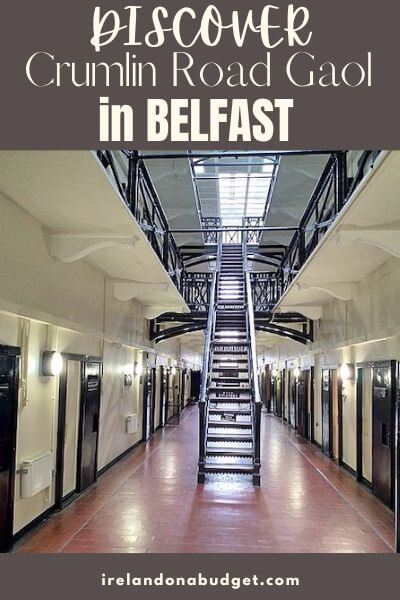 This news item and page contain affiliate links and I may earn compensation when you click on the links at no additional cost to you.
This news item and page contain affiliate links and I may earn compensation when you click on the links at no additional cost to you.
The renovated Victorian era prison building houses a conference center and is even used for weddings, concerts, and other special events.
Known to be haunted, there are Halloween-themed tours available each year in October.
Visitors who sign up for the “Crumlin Road Gaol Experience,” a self-guided tour, will learn about the history of the jail, the only remaining prison in Northern Ireland that housed women, men, and children, including Republican and Loyalist prisoners during The Troubles.
The Early History of the Gaol
The building was designed in the Italian Renaissance style by Sir Charles Lanyon, who was famous for designing many public buildings in Northern Ireland, including Queen’s University in Belfast and the Palm House in the city’s Botanic Gardens, among others.
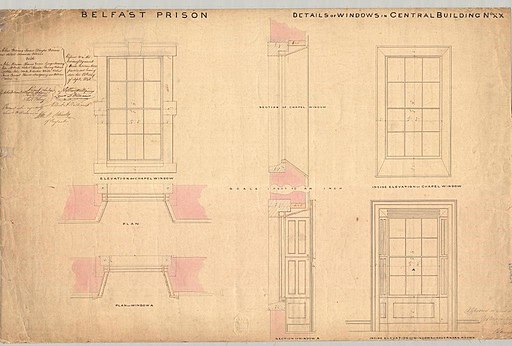
The jail’s construction began in 1843 and was completed two years later at a cost of £60,000.
The imposing Crumlin Road Gaol would come to be known as “The Crum,” replacing the County Gaol on Antrim Street in Carrickfergus.
The new one was known at the time as one of the most advanced prisons of its day.
It was also the first prison on the island of Ireland to be built using “The Separate System,” with the intention of separating prisoners from each other with no communication between them.
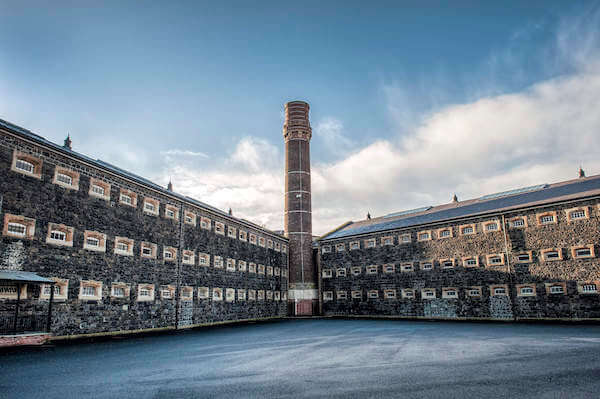
It was built to hold between 500 and 550 prisoners in cells that measured 12 by 7 feet (365 cm by 213 cm).
The first 106 prisoners who arrived at the new jail in 1846 had walked from the other jail in Carrickfergus, completing the 12-mile (19 km) journey shackled in chains.
Inmates were often sentenced for petty crimes like stealing food or clothing.
One young boy, who was given a three-month sentence for similar crimes, hanged himself in his cell in 1858.
Executions at Crumlin Road Gaol
When Lanyon first designed the building, he did not make allowances for interior gallows and so executions were done outside, with crowds of up to 20,000 watching.
The last public hanging took place in 1901, at which time an execution chamber was constructed within the prison walls and used until as late as 1961.
Part of the self-guided tour includes the opportunity to visit what is known as the Condemned Man’s Cell, the place where prisoners were held before going to the execution area.
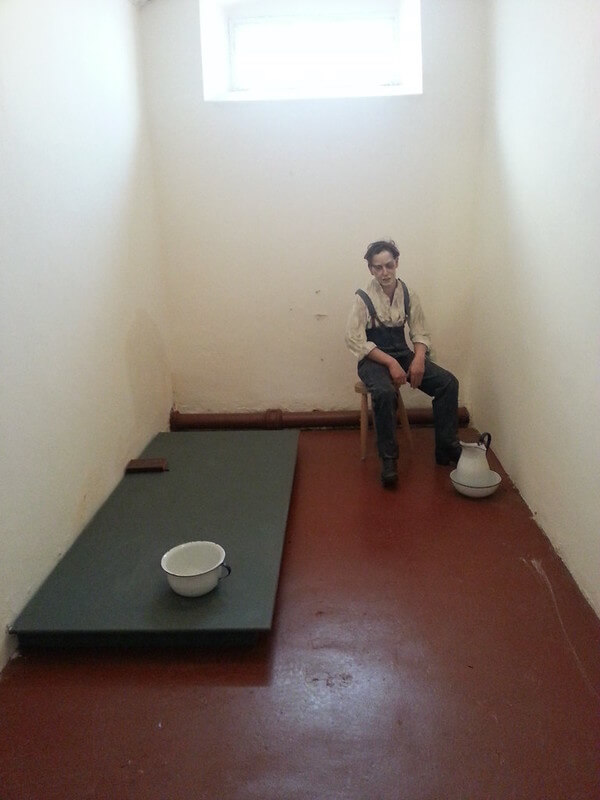
A total of 17 prisoners were executed at Crumlin Road Gaol. The bodies of 15 of them were buried on the prison grounds.
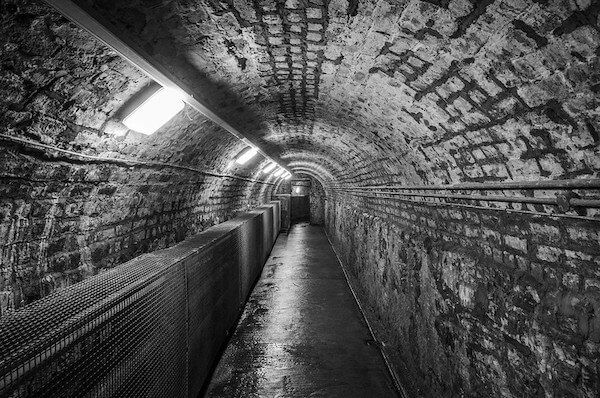
The experience also includes the opportunity to visit the underground tunnel that connected the gaol to the Crumlin Road Courthouse, also designed by Lanyon and opened in 1850.
Notable Prisoners at Crumlin Road Gaol
While the gaol held its fair share of suffragettes, it is also known for housing well-known prisoners.
They included the former president of Ireland Éamon de Valera, who was held in solitary confinement for one month after violating an order that had prevented him from entering Northern Ireland.
De Valera, who also served as Ireland's prime minister, was caught entering the Six Counties at Newry, County Down.
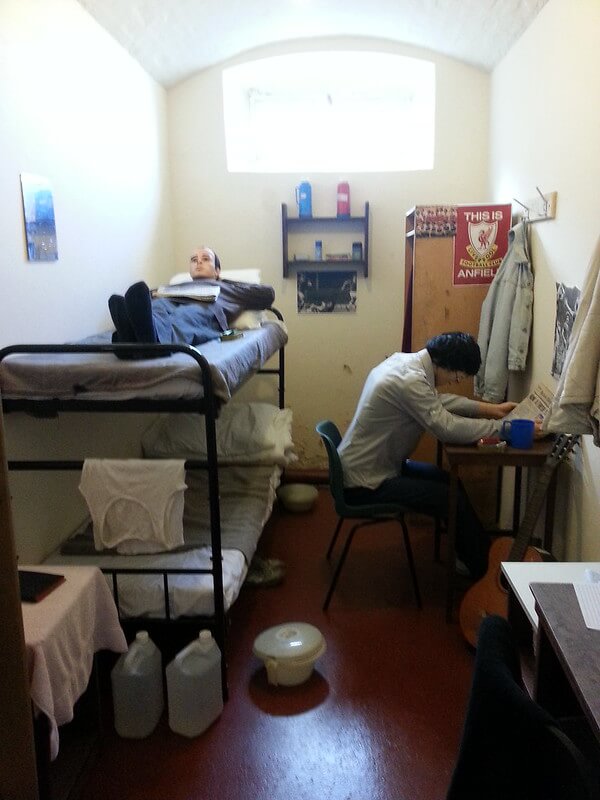
Other notable prisoners over the years included the late Martin McGuinness, who served as Northern Ireland’s Deputy First Minister but was also an IRA commander during the height of the Northern Ireland conflict.
Hunger striker Bobby Sands also served time in the prison (he later died in the notorious Maze Prison), loyalist Michael Stone, as well as the late Ian Paisley, the former DUP leader who served three months at the jail for unlawful assembly.
Take Tours of Belfast's Botanic Gardens & More
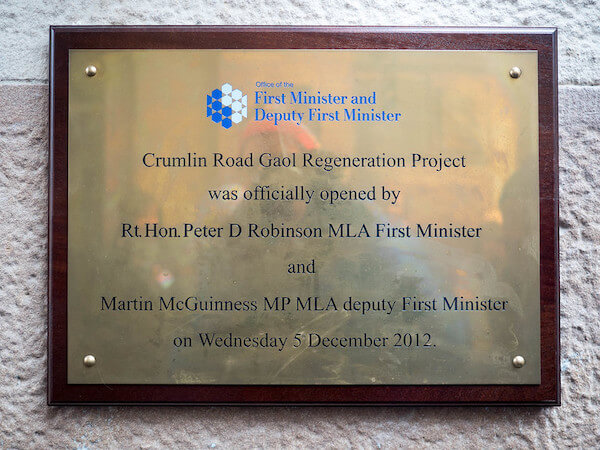
The Crumlin Road Gaol Experience takes about an hour to complete.
The museum is open daily from 10 a.m. to 6 p.m.

